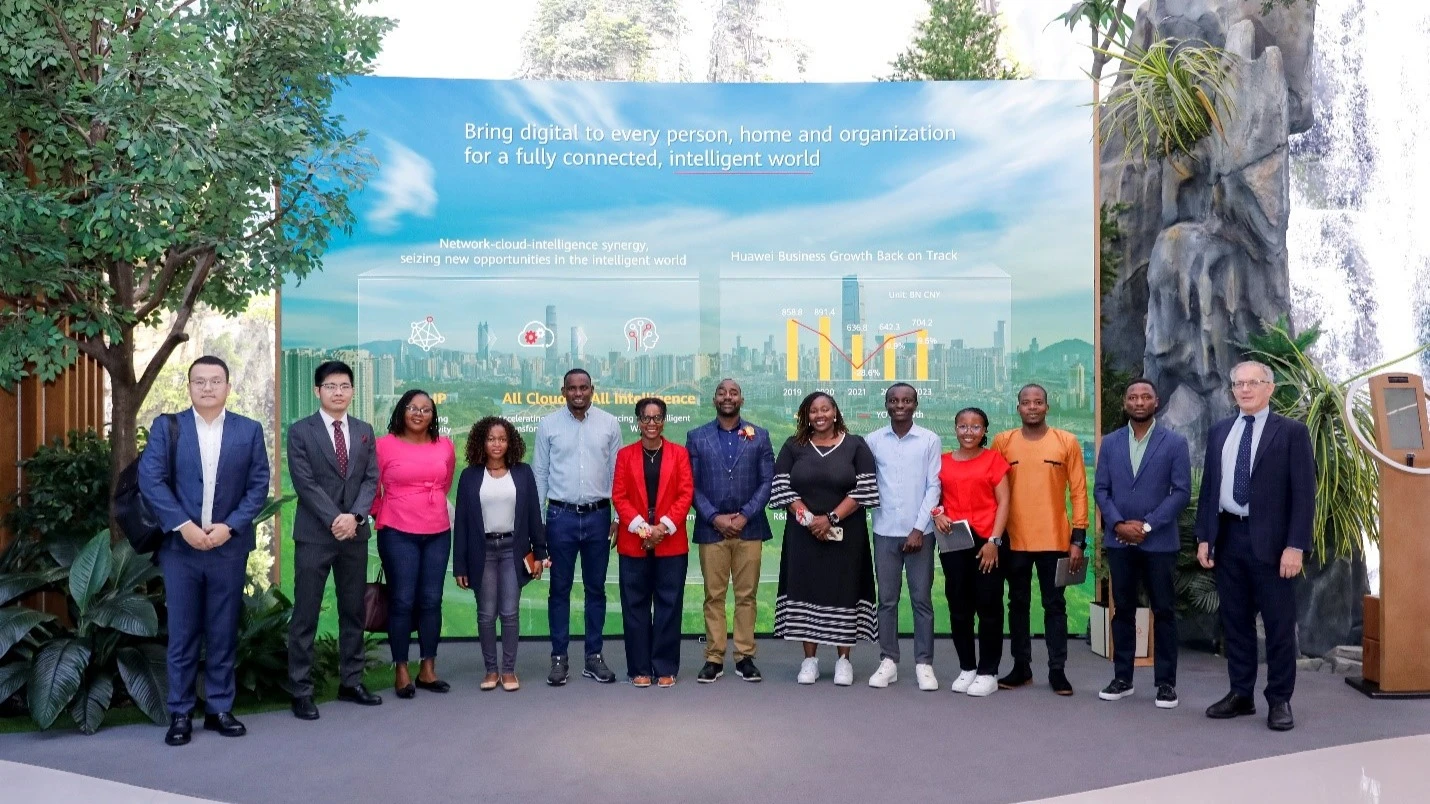The science of neuromarketing to attract customer

In a fast paced, hyper connected world, attracting customers' attention and loyalty is an increasing challenge for businesses. Traditional marketing strategies fail to understand and influence consumer behavior.
DIGITAL MARKETING:
This is where the field of neuromarketing comes into play. In this article, we will explore the power of neuromarketing and its impact on businesses in the digital age.
One of the main principles of neuromarketing is the understanding that emotions play a significant role in consumer decision making. Research shows that emotions have a significant impact on memory, attention, and purchasing behavior.
By evoking positive emotions, brands can create a lasting impression and create a stronger connection with their audience. Neuromarketing helps identify the emotions consumers experience, allowing marketers to create campaigns that inspire the desired emotional response.
Knowing where to focus your customers' attention is essential to effective marketing. Eye tracking technology helps identify which elements of an ad or web page are getting the most attention.
Heatmaps and visual maps created from eye tracking data give marketers insight into consumer behavior, allowing them to optimize design layout, place key messages and calls to action. By aligning marketing materials with customers' attention patterns, businesses can increase engagement and conversion rates.
As marketers, we always try to understand the motivations behind consumers' purchasing decisions. This is made even more difficult by the fact that people cannot express what motivates them. Simply because these choices (e.g., why someone chooses a particular product brand over a competitor's product) can be misleading.
This is why I am so fascinated by neuromarketing and its ability to uncover consumer behavior. Neuromarketing combines neuroscience and marketing techniques to study how people's brains respond to marketing stimuli such as brands, colors and packaging to understand how they feel about a brand or product.
Marketers have an amazing opportunity to use new technologies and methods to connect brands with consumers. For example, neuromarketing can help brands engage with the unconscious to make decisions, and they can develop strategies based on the level of deep psychology.
While the science behind neuromarketing isn't new, it's not in marketers' toolkits. Marketers previously conducted focus groups, conducted surveys, monitored trends, and analyzed sales, websites, and social media content.
But these methods rely on consumers' subjective opinions and self-reported responses, which is a common misconception. If you ask someone why they buy, trying to provide a reasonable excuse for something that he or she needs or knows about. They'll make up their minds after they have considered the facts.
Traditional research methods cannot explore the emotions that influence consumer preferences.
Neuromarketing eliminates bias and captures human emotions directly thereby reducing guesswork and generating detailed results faster while using smaller sample sizes. Brand Building.
Neuromarketing insights can shape brand image by informing what attributes to emphasize in advertising, packaging and communication. Brands can learn which ideas grab audiences attention and which don't.
New discoveries about the brain are constantly being made, making this field very exciting and full of potential.
However, we are only beginning to understand the concept of branding in a deeper and more nuanced way. As we move forward in using these insights, we must take reasonable steps to ensure that our findings are clear and evaluative and fully communicated to the customer.
Then comes the concept of neuromarketing ethics. Let us leave this topic for another discussion.
Alley Mtatya is digital marketing specialist based in Dar es Salaam.
Top Headlines
© 2024 IPPMEDIA.COM. ALL RIGHTS RESERVED

























